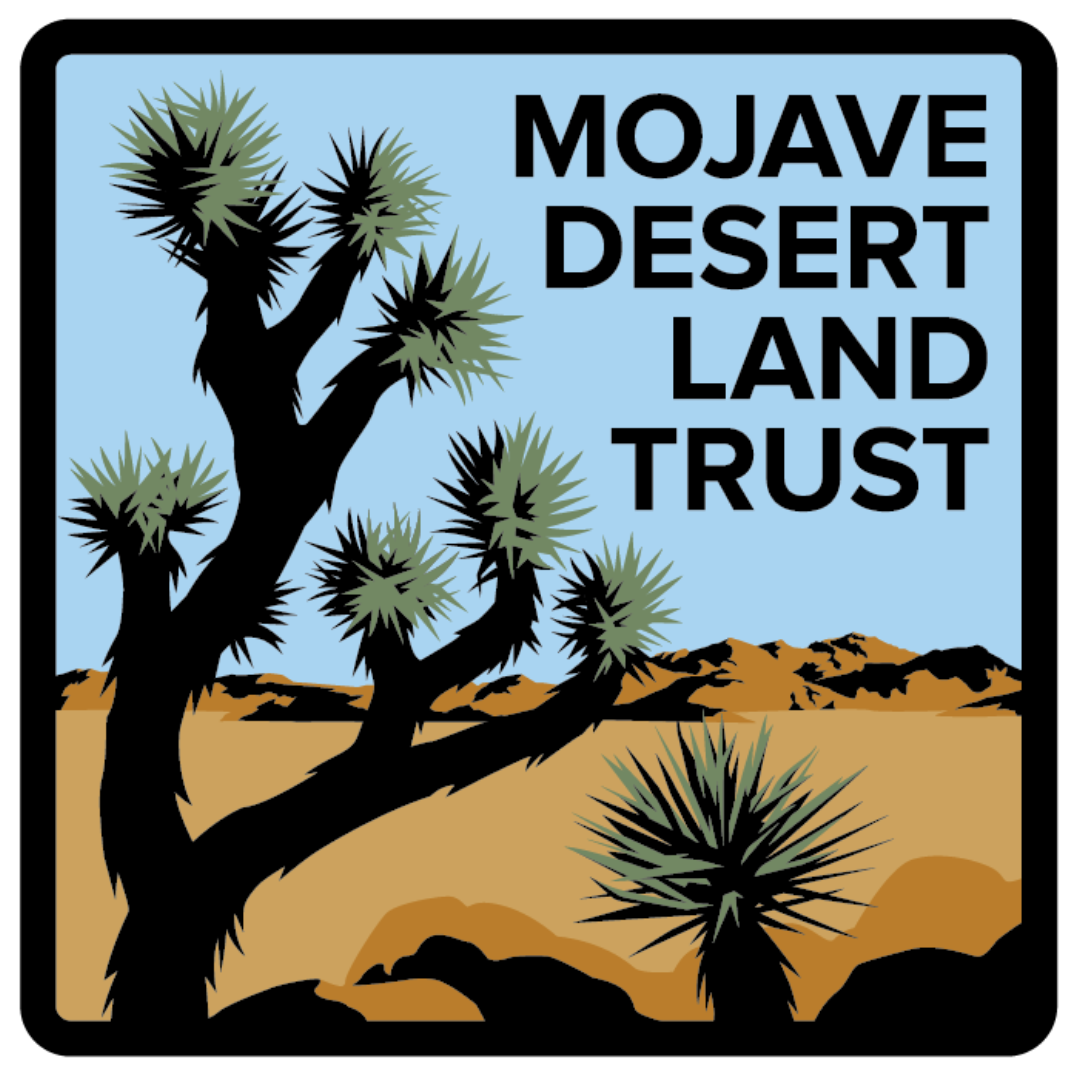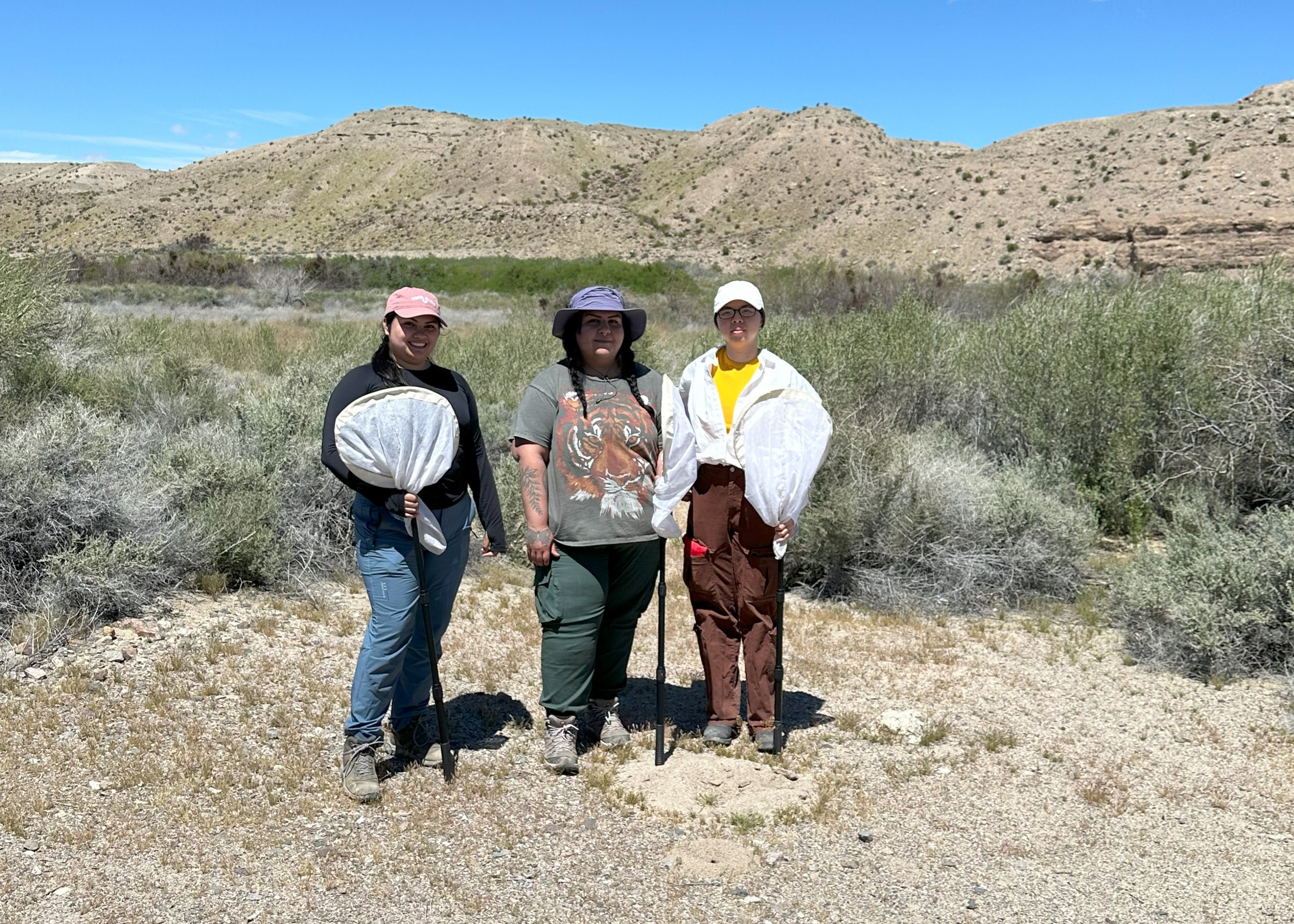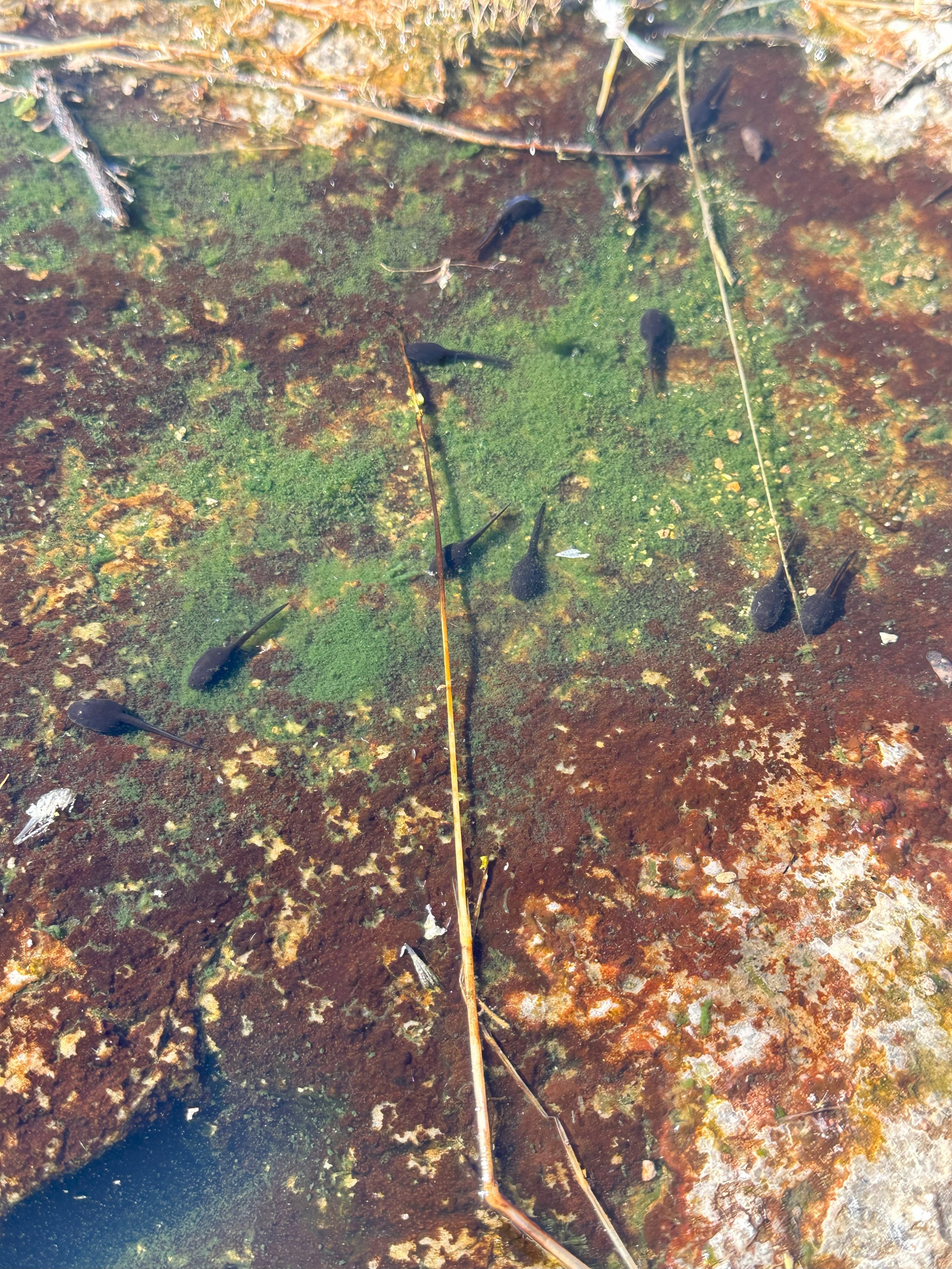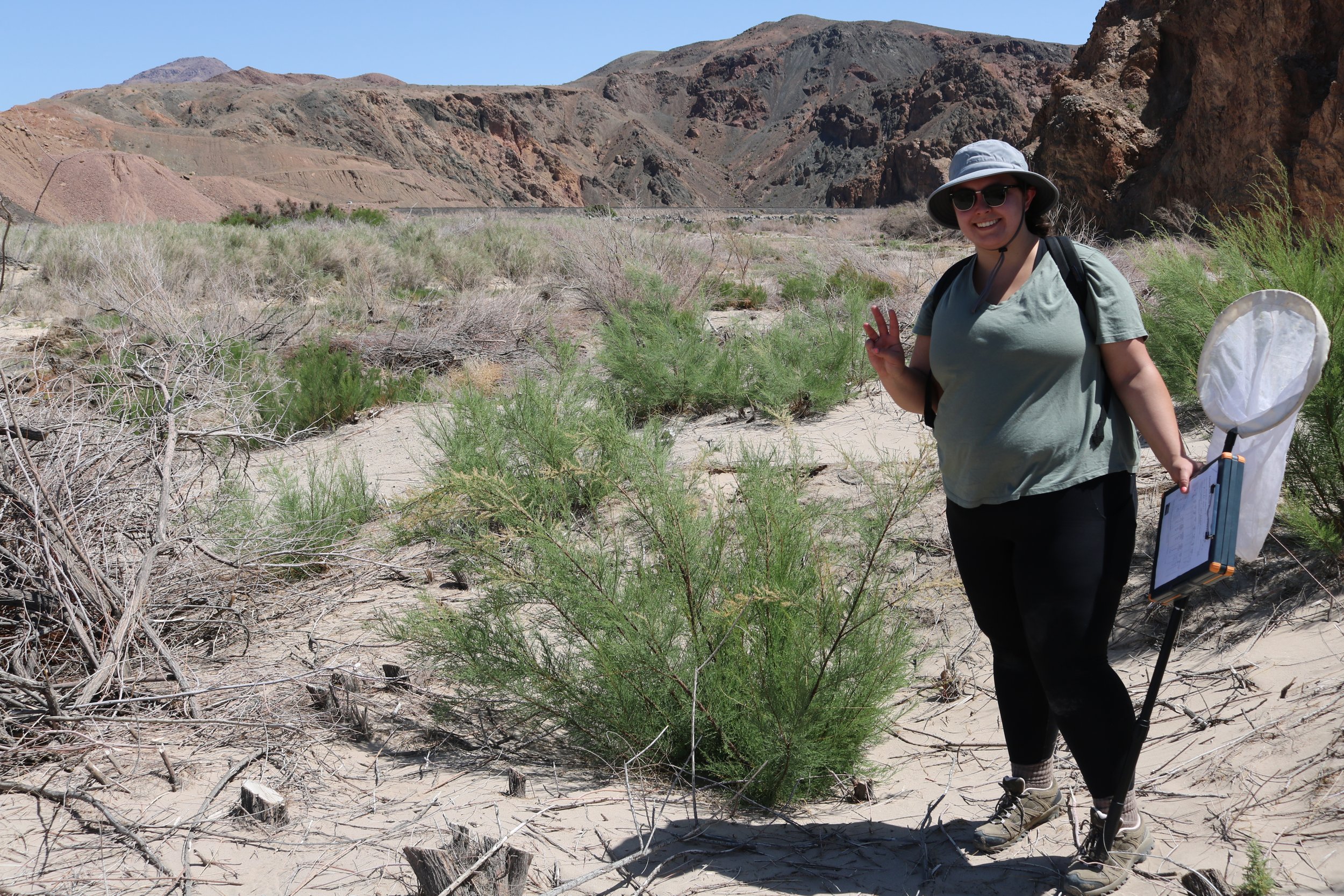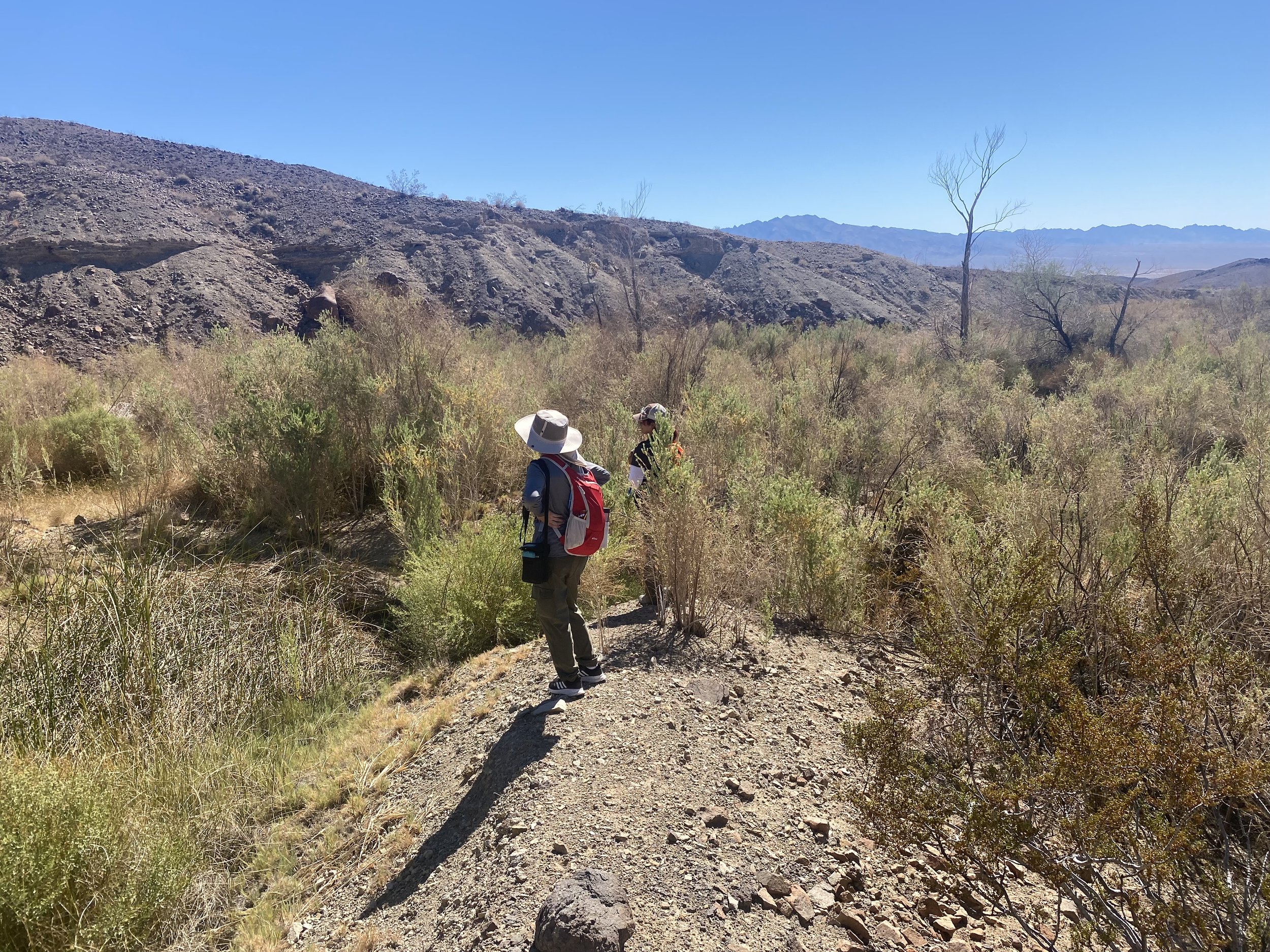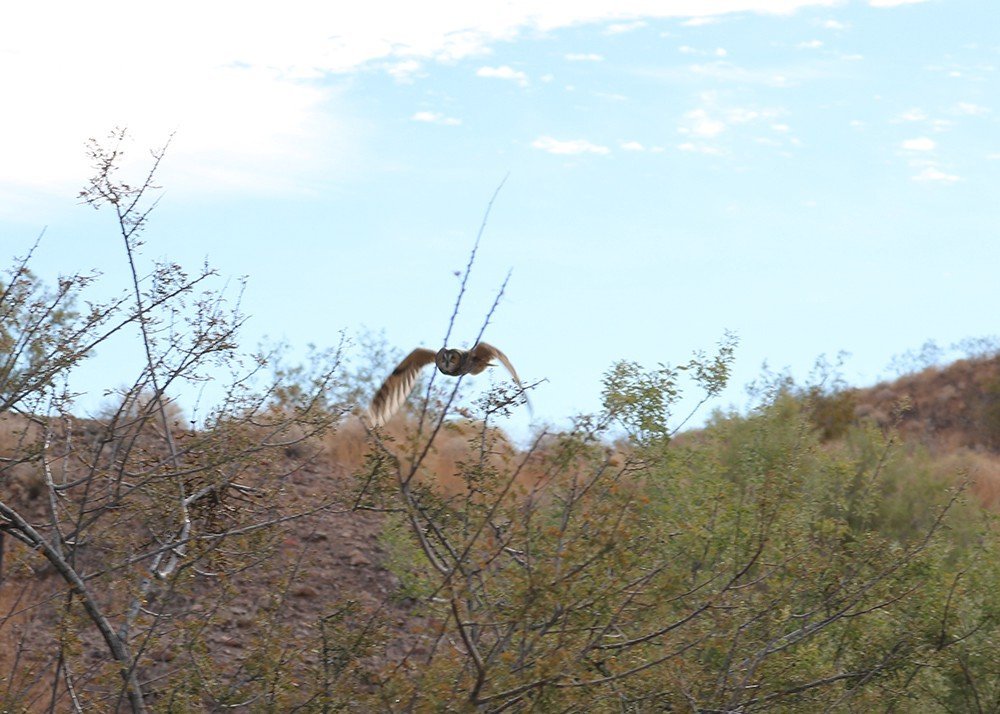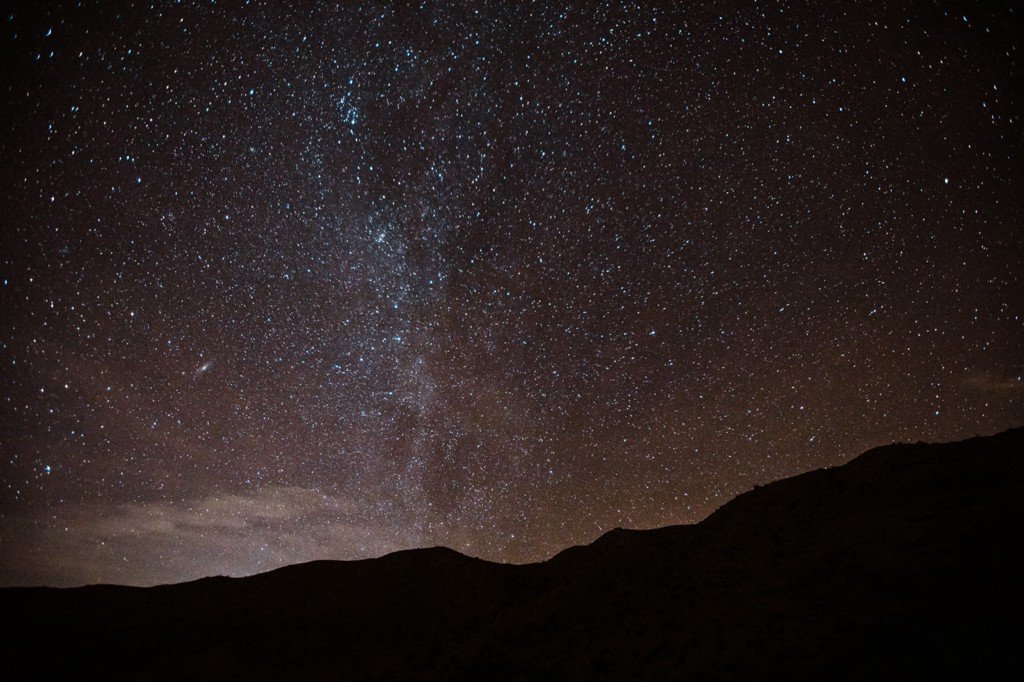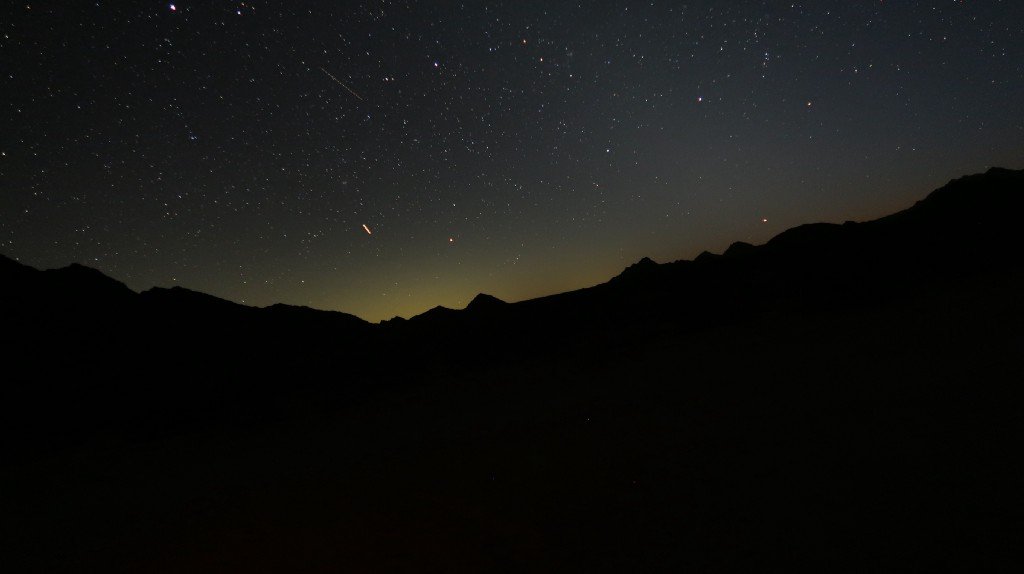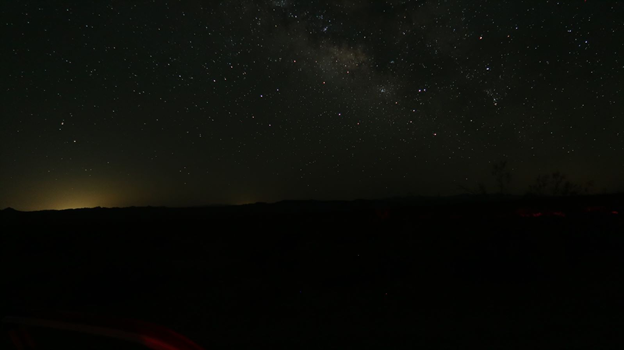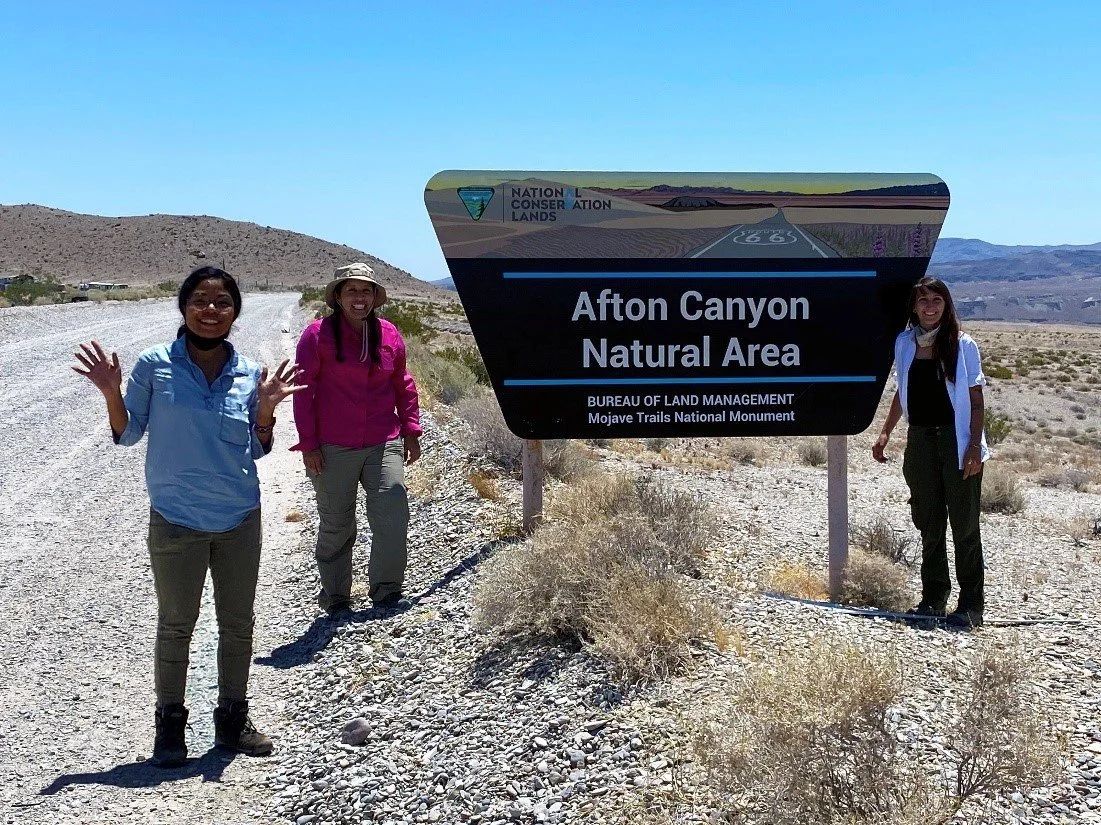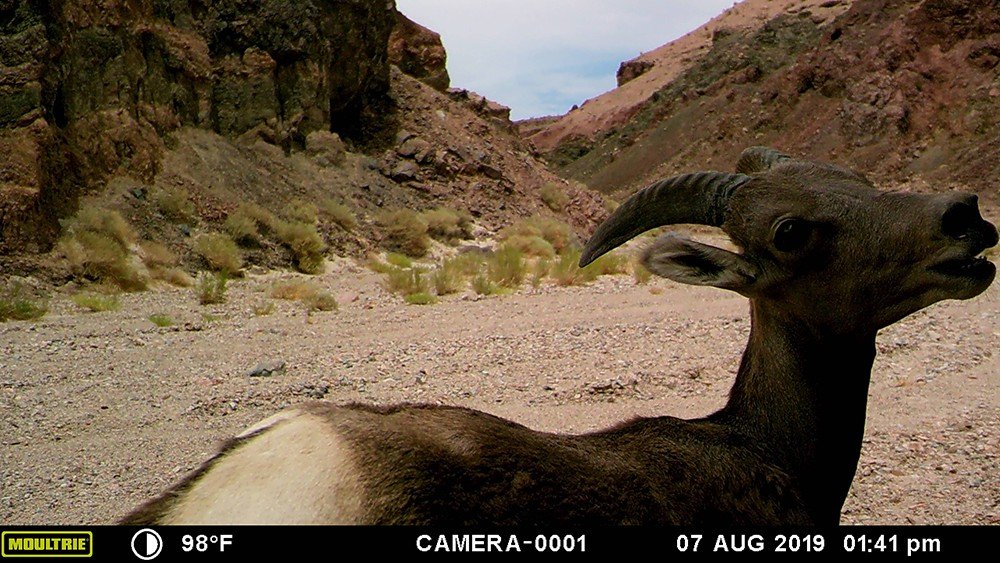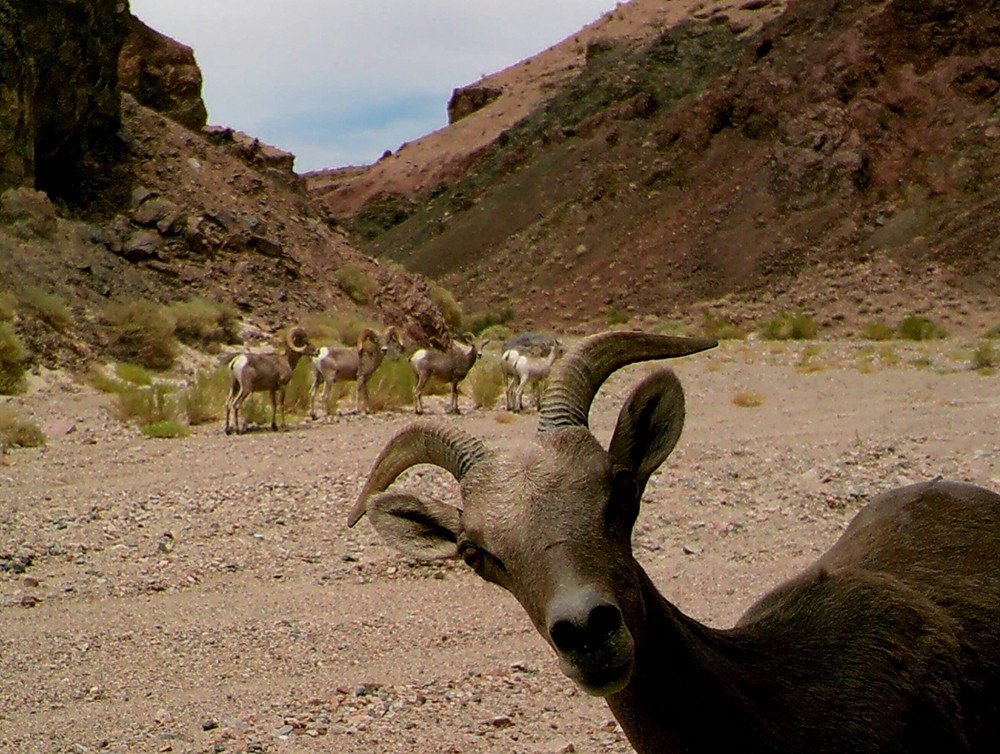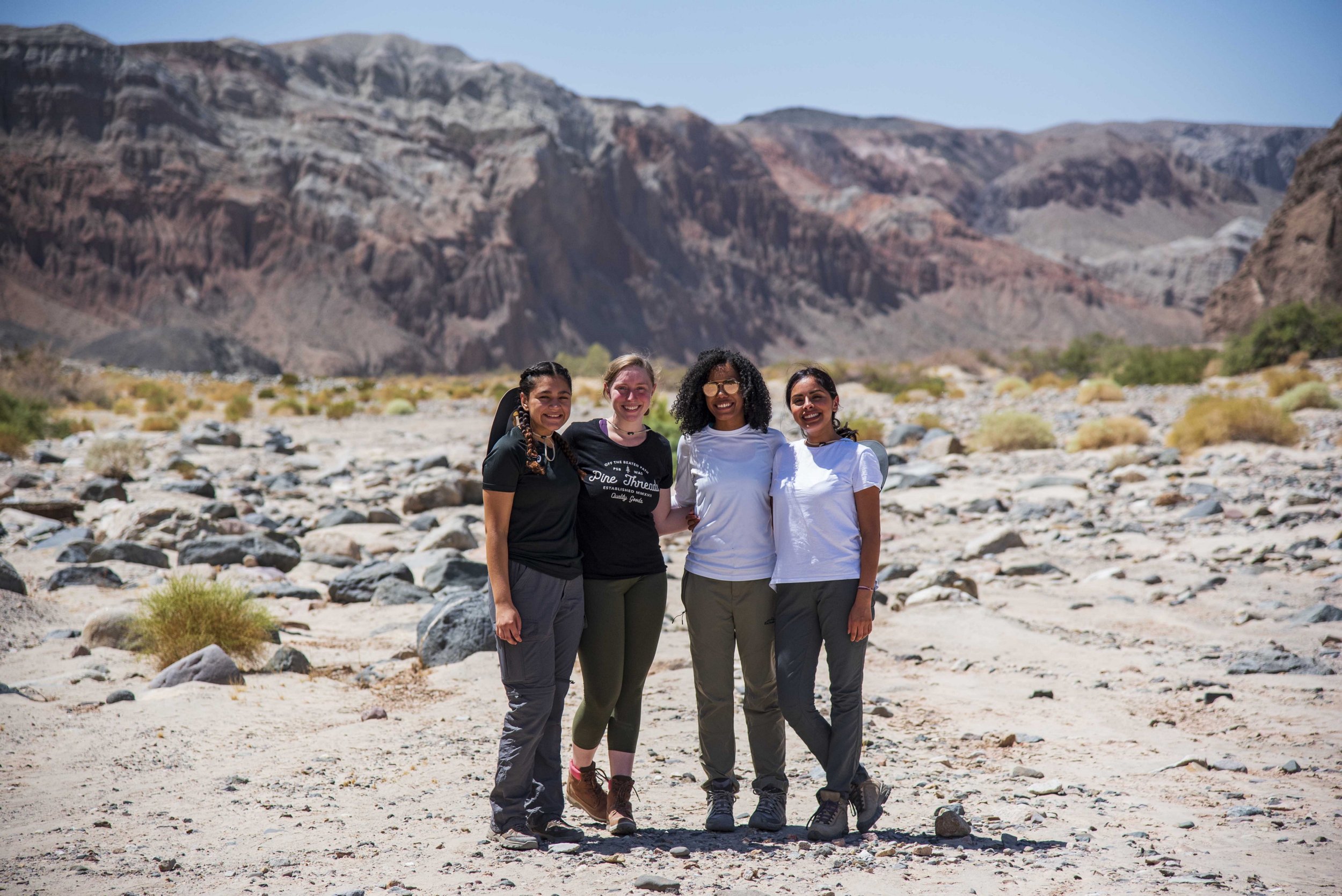
What is WISDOM?
Established in 2019, Women In Science Discovering Our Mojave (WISDOM) is an MDLT internship that provides women from underrepresented communities with opportunities to engage in science, technology, engineering and math (STEM) fields by gaining experience and conducting scientific research. The program fosters an environment of mentorship and career exploration by connecting female students with researchers and professionals, helping to develop the next generation of scientists.
WISDOM is supported by the Conservation Lands Foundation and is a collaboration with the Bureau of Land Management.
“The WISDOM internship has totally bolstered my enthusiasm and confidence as I progress towards becoming a field biologist. ”
“The Mojave Desert Land Trust opened doors to many opportunities where I was able to perform conservation work as a WISDOM intern and later on as a researcher for UC Davis. If it wasn’t for MDLT, I wouldn’t be the professional in Environmental Science I am today.”
Making a difference
Our dark night skies are fading, but this team of researchers is helping to understand how we can protect them.
Participating in the dark night sky survey through the WISDOM internship was more than just a chance to collect data—it was a formative step in my journey as an aspiring conservationist.
Many women I know have wanted a career in environmental science, but the opportunities to gain experience in the field were few and far between. I am a current student at Unity Environmental University working towards a B.S. in Environmental Studies and being a part of the Mojave Desert Land Trust’s Women In Science Discovering Our Mojave internship over the last six months has been such a phenomenal experience for me.
Experience a day in the life of a Mojave Desert Land Trust WISDOM intern as they head into the field to gather data on bumblebees and tamarisk beetles within Mojave Trails National Monument.
In 2023 and 2024, interns with the Mojave Desert Land Trust’s Women In Science Discovering Our Mojave program (WISDOM) conducted a biological survey of four springs in Mojave Trails National Monument. Their findings help demonstrate the importance of protecting these natural water sources for the future.
Over four years, interns with the Women In Science Discovering Our Mojave program returned to five data points within Mojave Trails National Monument to study the presence of the tamarisk beetle (Diorhabda spp.), introduced as a biocontrol against invasive tamarisk trees. Data collected illustrates that the tamarisk populations have changed dramatically during that time.
New data collected by interns offers rare insights into the summer bird populations at two oases in the Mojave Desert. Interns with the Women In Science Discovering Our Mojave (WISDOM) program visited Arrowweed and Bonanza springs over a six-month period to study birds and bumble bees. The community science data collected by the interns is the first of its kind at these two oases.
Bonanza Spring is the largest freshwater spring in the southeastern Mojave Desert. From its 2,105 feet elevation in the low foothills of the Clipper Mountains, the spring’s freshwater is derived from a groundwater basin source. Women In Science Discovering Our Mojave (WISDOM) interns studied avian and bumble bee populations at Bonanza Spring in Mojave Trails National Monument between September 2022 and February 2023. This article explores the spring’s flora and fauna, and data collected by the interns.
At first glance, this natural spring might seem like nothing but rocks and bushes but once you are out among the never-ending brown, you start to notice what’s in the blur. Against the browns, colors stand out. The green of the creosote pops, the yellow flowers of the brittlebush are much brighter, the vibrant pink of the sandmat stretches out across the sand.
Birdwatching interns with the Women In Science Discovering Our Mojave program have closed a gap in the data about avian species in Mojave Trails National Monument.
Interns with the Women In Science Discovering Our Mojave program spent a year studying night sky quality. Their findings provide a new baseline of data about the Mojave Desert.
Nature is one thing that never ceases to amaze me. Prior to the onset of the pandemic, I often camped. So, after a year of staring at my computer screen and not being able to see more than a handful of stars each night, venturing into the vast natural beauty that is Mojave Trails National Monument and gazing up at the ink black skies and the awe-inspiring beauty of the Milky Way on our field excursions, I couldn’t help but feel the way so many of us do.… incredibly lucky and also very, very small.
Research by WISDOM interns help us understand the quality and the importance of the Mojave Desert’s dark night skies. Last fall a cohort of three college women began monitoring the night sky quality in the western portion of Mojave Trails National Monument. Their research will help the Bureau of Land Management in its effort to work toward International Dark Sky support for the National Monument.
WISDOM interns discovered the darkest spot in the western portion of Mojave Trails National Monument. A new group is continuing that quest for the entire monument.
In February 2021, MDLT’s Dark Night Sky Measurement Project finished a six-month long survey of night sky quality in Mojave Trails National Monument. Women In Science Discovering Our Mojave (WISDOM) interns were able to contribute vital scientific research in the monument.
Have you ever looked up at the night sky and marveled at its vastness? The stars are becoming harder and harder to see in populated areas, which is why MDLT’s WISDOM interns are monitoring the night sky quality in the western portion of Mojave Trails National Monument.
The Women in Science Discovering Our Mojave internship program has provided new insights into the movement of bighorn sheep in the Mojave Desert, with game cameras collecting data and images of the elusive species. In addition to tracking data on the comings-and-going of those lovable caprines, we’re also doing data collection on a slightly less cuddly species that are shaking things up in Afton Canyon.
The Women in Science Discovering our Mojave (WISDOM) program provides hands-on experience for women studying STEM fields. Having more women in this field and in science gives us a voice and representation for future women. Women, especially women of minority backgrounds bring new ideas and different perspectives because of our diversity and unique upbringing.
Desert Bighorn (Ovis canadensis nelsoni) are a protected species. They migrate during the different seasons, accessing areas that have food, water, and shelter. The Women in Science Discovering Our Mojave (WISDOM) internship has provided new insights into the movement of bighorn sheep in the Mojave Desert, with game cameras collecting data and images of the elusive species.
MDLT’s Women in Science Discovering our Mojave (WISDOM) project has been analyzing data from seven cameras to better understand the movement of bighorn in one area of Mojave Trails National Monument. The results are now in.
Afton Canyon is known locally as the “Grand Canyon of the Mojave”. It not only has impressive geological formations, but it is one of the few places where the Mojave River flows above ground all year. Bighorn sheep (Ovis canadensis nelsoni) are one of the wildlife species that use this area. MDLT’s Women in Science Discovering Our Mojave (WISDOM) program is helping the Bureau of Land Management provide a range of recreational access in Mojave Trails National Monument, while also ensuring the well-being and protection of wildlife and other sensitive resources.
Every few weeks, Alejandra Lopez leaves her home in Long Beach, CA to drive 3.5 hours to join an all-female research team collecting scientific data on the bighorn sheep in the Mojave Desert.
According to UNESCO, women comprise only 30% of the world’s scientists. In the U.S., that number is slightly higher at 43%. However, women comprise only 33% of environmental scientists in the U.S. Representation is important in all aspects of our diverse nation. The scientific community is growing and needs to reflect the diversity of the American population. MDLT’s WISDOM program aims to help engage women in STEM fields by conducting scientific research, both in the field and in the office.

Volunteer Program Manager Mackenzie Nelson (center) poses with podcast hosts Jadyn Bauer, intern with MDLT’s 2024-25 WISDOM Dark Night Sky survey (left) and Mariam Hussain, former WISDOM intern with the Teresa and Vernandyles Springs biological survey (right). Photo courtesy Copper Mountain College.
WISDOM in the news
-

LAist
Growing up in Orange County, Stacey Yoon had never really seen the Milky Way. So when she saw a Facebook ad for an internship where she’d be measuring darkness in the middle of the Mojave Desert, she jumped on it. “Being in the desert, it just clears your mind a lot,” Yoon, a recent graduate of University of California Irvine, said. “It feels like you’re part of something way bigger.”
-

Yahoo News
Mojave Trails National Monument might qualify as an International Dark Sky Sanctuary, according to new data released Tuesday by the Mojave Desert Land Trust. Interns with the Mojave Desert Land Trust's Women in Science Discovering Our Mojave (WISDOM) program recently completed a year-long study measuring the sky's brightness at 16 locations in the monument.
-

Travel + Leisure
At 1.6 million acres, it’s the largest national monument in the contiguous U.S. — and it’s almost entirely empty. “You can see the Milky Way here every night in a blanket of stars, and even globular clusters and our sister galaxy Andromeda,” said Elizabeth Paige, an intern on the Women In Science Discovering Our Mojave (WISDOM) research project, and a student at College of the Desert in Palm Desert, California.
The WISDOM program is made possible through funding from Conservation Lands Foundation.
